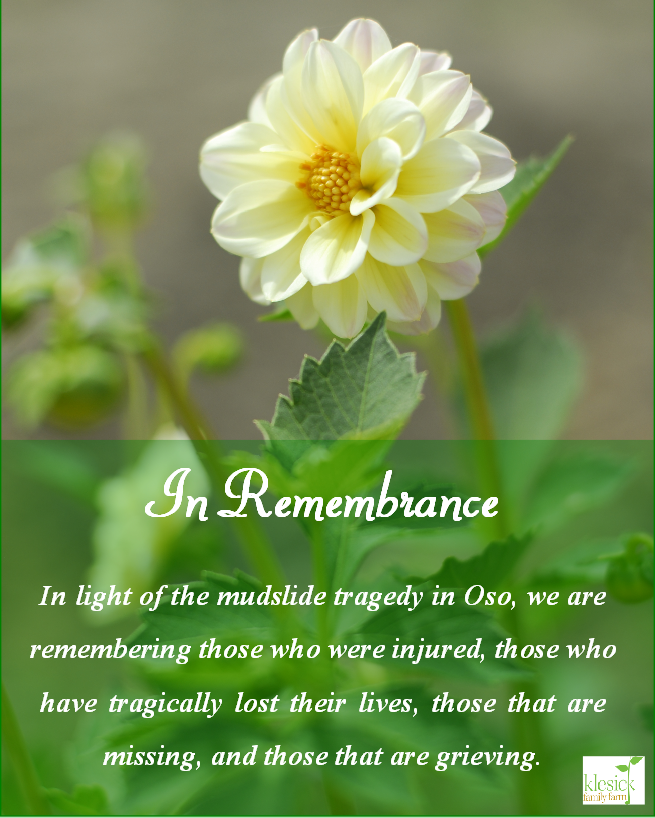 When it is snowing? Pray that it won’t in April! Although, this week I am assembling two greenhouses. After years of farming without a greenhouse, I have decided to build two smaller mobile style units. They will be on skids, so I can move them to new locations throughout the season. My plans are to start with early greens and move the houses to tomatoes, peppers and cucumbers for the remainder of the season and then move it again in the fall for winter greens. Disclaimer: dreaming is dangerous in the winter and I will not be held responsible for changing my mind when farming begins☺!
When it is snowing? Pray that it won’t in April! Although, this week I am assembling two greenhouses. After years of farming without a greenhouse, I have decided to build two smaller mobile style units. They will be on skids, so I can move them to new locations throughout the season. My plans are to start with early greens and move the houses to tomatoes, peppers and cucumbers for the remainder of the season and then move it again in the fall for winter greens. Disclaimer: dreaming is dangerous in the winter and I will not be held responsible for changing my mind when farming begins☺!
When cancer and heart disease are injuring lives and families? Pray for wisdom to be able to grow more nutritious food. The American Cancer Society spends $144,897,000 on cancer research every year.* Yes, almost 145 million dollars. How much is spent on nutrition research? $440,000 or 0.3% in 2010. Come on! Not even making it to 1%! What did Hypocrites say, “Let food be your medicine and medicine be your food.” One might conclude that the American Cancer Society missed that “memo.”
So what can KFF do? We can’t spend millions, but we can grow, raise, source and deliver life-giving foods. That is what we can do. We can fight cancer one family and one person at a time. So we need your help. We want to fund a local food outreach to people in our local communities who are fighting these diseases. We are calling it, Healing through Nutrition.
I was just talking to my team about how to make a difference in the lives of local people with cancer. And an hour later, we received a phone call from a customer who wanted to buy our Family Box for another family who is fighting cancer. Yes! That is what I want to be a part of—neighbors helping neighbors: a local solution for a local family fighting cancer or heart disease.
This accomplishes so many things. First, a box of good organic and nutritious food says, “We are with you. We love you!” It also saves that family time, by not having to go shopping. It also saves that family money that they can use on co-pays, medicine, travel and loss of work, etc.
Here is what I am proposing. We are a small company and a small farm, but we want to be your partners in good.
You can also donate towards this outreach. Just go to the Products page of our website, select the Gifts category, and choose the Healing through Nutrition donation you’d like to make. We will use these donations to meet the needs we know about. These donations are not tax deductible.
Lastly, we can pray. Fighting diseases like cancer and heart disease is physically, financially and emotionally draining, but it is also spiritually draining. Please let us know about people you know who are fighting these terrible diseases. Just send us an e-mail at [email protected] with their first names and a short biography, and our team will join you in prayer for them.
Please consider joining us as we tackle these diseases with local resources from local farms for local people. We can make a difference with good food.
* www.cancer.org/Research/ResearchProgramsFunding/CurrentlyFundedProjects/extramural-and-intramural-funding-in-selected-areas-of-research
If you know of someone who cannot afford organic produce, consider investing in their health by purchasing them a box. Klesick Family Farm will discount that box of healing 5% if we deliver it to them or 15% if we bring it with your order and you deliver it.




 Oh my, was that two weeks before Easter incredible. Everything was warming up and drying out and the soil was getting to planting quality, but not perfect. I spent all last weekend wishing I could get more peas planted (almost done), my strawberries planted (half done) and get some spuds in the ground (none done). This amount of rain will take 4 or 5 days to begin to dry out. Thankfully, it is still very early in the season and most of my crops will go “in” from the end of April through June.
Oh my, was that two weeks before Easter incredible. Everything was warming up and drying out and the soil was getting to planting quality, but not perfect. I spent all last weekend wishing I could get more peas planted (almost done), my strawberries planted (half done) and get some spuds in the ground (none done). This amount of rain will take 4 or 5 days to begin to dry out. Thankfully, it is still very early in the season and most of my crops will go “in” from the end of April through June.
